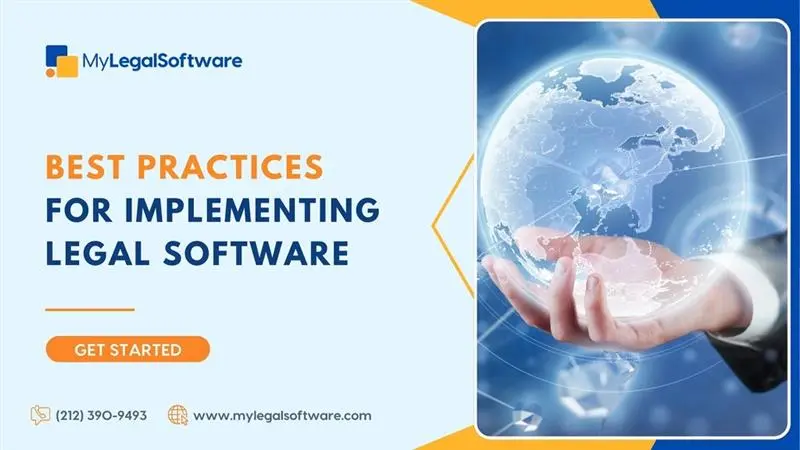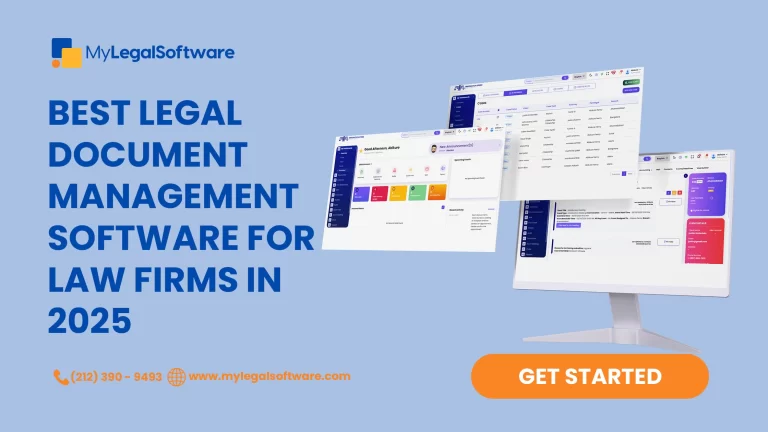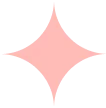Best Practices for Implementing Legal Software
As a result of implementing the right software, legal practices are evolving faster than ever. Legal software, particularly case management software, can significantly enhance your firm’s efficiency, organization, and client satisfaction. However, as with any new technology, implementing legal software requires careful planning, training, and commitment. Whether you’re considering software adoption for the first time or upgrading your current system, understanding the best practices for implementation is crucial.
In this blog, we’ll guide you through the best practices for implementing legal software in your practice. By following these steps, you can maximize the potential of your case management software, increase productivity, and ensure a smooth transition for everyone involved. Let’s dive in!
Clearly Define Your Needs and Objectives
Before jumping into the implementation process, it’s essential to have a clear understanding of what you want to achieve with your legal software. Every firm has unique needs, and the right software should address those specific pain points.
Ask yourself questions like:
- What areas of our practice need improvement?
- Are we struggling with case tracking or document management?
- Do we need more efficient billing or timekeeping?
- Are we looking for a platform with secure client communication?
By identifying these areas, you can ensure the software you choose is the best fit for your firm’s needs. This will also help you prioritize the features that matter most, whether that’s case management, document storage, billing, or communication tools.
Select the Right Legal Software
Once you have a clear idea of your firm’s needs, you’ll need to choose the right software. When it comes to legal software, case management is often at the top of the list. But with so many options available, how do you pick the one that fits your firm?
Some key factors to consider when selecting legal software include:
- Ease of Use: The software should be intuitive and easy for everyone in your firm to use. Complex software can create more problems than it solves.
- Security: Legal software deals with sensitive client data, so it must comply with strict security standards, like encryption and secure file storage.
- Scalability: Choose a software that can grow with your firm. Whether you’re a small practice or a large law firm, your software should be flexible enough to accommodate future needs.
- Support and Training: Make sure the software provider offers robust customer support and user training to ensure your team can get the most out of the system.
One such option is MyLegalSoftware.com, which provides robust, easy-to-use case management tools with top-notch support. It’s designed for law firms of all sizes, helping you streamline your practice without the headaches of complex systems.
Plan for Software Adoption: Involve Your Team Early On
A smooth software adoption process requires involving your team from the beginning. The success of your new legal software largely depends on how well your team embraces it. If they aren’t on board, the system will fail, no matter how great the software is.
Here are some ways to encourage buy-in:
- Involve key team members in the selection process: Ask for feedback from different departments, including attorneys, paralegals, and administrative staff. Their input is invaluable in ensuring that the software meets the needs of everyone in the firm.
- Explain the benefits: Show your team how the new software will improve their day-to-day tasks and make their jobs easier. For example, legal software can automate tedious administrative tasks, giving your team more time to focus on billable work.
- Set clear expectations: Help your team understand the benefits and set realistic goals for how the software will improve your practice. This makes the transition smoother and motivates everyone to get involved.
Implement Effective Change Management
Don’t think for a second that implementing legal software is simply about installing a new system because it’s not—rather, it’s about managing change effectively. Change management is crucial in ensuring a smooth transition and preventing any disruptions to your practice.
Here are a few tips to help you implement effective change management:
- Communicate openly: Keep your team in the loop at every stage of the process. Transparency is key in alleviating any concerns or resistance to change.
- Provide support during the transition: Change can be challenging, so make sure your team has the resources they need to adapt to the new software. This includes clear instructions, tutorials, and a point of contact for troubleshooting.
- Monitor progress: Track how the team is adjusting to the new system and be ready to make adjustments if needed. Regular check-ins and feedback sessions can help identify and resolve issues before they become bigger problems.
Effective change management isn’t just about the technical aspects of implementation—it’s about preparing your team for the shift, providing them with the tools and support they need, and fostering a positive attitude toward the new system.
Provide Comprehensive User Training
One of the most critical elements of successful legal software implementation is user training. If your team isn’t properly trained, they may struggle with the software, leading to frustration and inefficiency.
Here’s how to ensure successful user training:
- Train early and often: Don’t wait until the day of the software launch to start training. Begin training as soon as the software is selected and continue throughout the implementation process.
- Tailor training to different roles: Different team members will use the software in different ways. Lawyers may need training on case management features, while administrative staff may require guidance on billing and document storage. Tailor training sessions to each role’s specific needs.
- Offer ongoing support: Even after initial training, it’s important to provide ongoing support. This could include refresher courses, user guides, and access to a help desk or support team.
By investing in comprehensive user training, you ensure that your team is confident and capable in using the new software, which can dramatically improve overall adoption and effectiveness.
Test the Software Before Full Implementation
Before fully rolling out your legal software, conduct a series of tests to make sure everything is working as expected. This testing phase is essential to identify any bugs or technical glitches that could cause problems once the system is live.
Here’s how to test your legal software:
- Test with a small group: Start by rolling out the software to a small team or department and gather feedback. This allows you to work out any issues before the full team starts using it.
- Test key features: Make sure all of the core features you need, such as case tracking, document management, and billing, are functioning properly.
- Test under real conditions: Use real data and test the system in the same way your team will once it’s fully implemented. This helps to ensure that the software performs well in your specific legal environment.
Monitor and Evaluate the Software’s Performance
Once your legal software is live, it’s important to regularly monitor its performance. Is it meeting your team’s expectations? Are there any areas where the software could be improved? Continuous evaluation ensures that your software is delivering the expected results and allows you to make adjustments if necessary.
Monitor key performance indicators (KPIs) like:
- Time savings (e.g., how much time is saved on administrative tasks)
- Accuracy (e.g., fewer billing errors or missed deadlines)
- User adoption rates (e.g., how often the software is being used by the team)
Regular evaluations can help you identify areas for improvement and keep your software running smoothly.
Iterate and Improve
Legal software implementation is not a one-time event. As your practice grows and changes, so should your software. Regularly assess your software’s effectiveness and make updates or adjustments as needed. Whether that means adding new features or tweaking existing ones, continuous improvement ensures that your software remains relevant and useful to your practice.
Conclusion – Implementing Legal Software
Implementing legal software can significantly improve your firm. By following best practices such as clearly defining your needs, selecting the right software, involving your team early, and providing comprehensive training, you can ensure a smooth and successful adoption.
If you’re ready to take your firm to the next level, start implementing legal software today. Visit My Legal Software to find the perfect case management solution tailored to your firm’s needs. Our platform offers seamless integration, robust security, and excellent customer support to make your practice more efficient than ever.
Want to learn about Data Security in Legal Software? Go here.
Frequently Asked Questions – Implementing Legal Software
- What are the key benefits of implementing legal software in my firm?
Legal software streamlines case management, document storage, billing, and communication, improving overall efficiency. It also enhances client service, reduces errors, and ensures compliance with legal regulations.
- How long does it take to fully implement legal software?
The implementation process can vary, but typically it takes anywhere from a few weeks to a couple of months. This includes selecting the software, training staff, and ensuring everything is working smoothly.
- How do I handle resistance to change when implementing legal software?
To overcome resistance, communicate the benefits of the software clearly, involve your team early in the process, and provide comprehensive training and support. Change management is key to ensuring a smooth transition.








